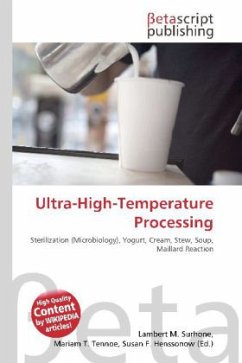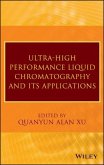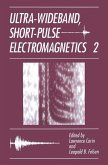Please note that the content of this book primarily consists of articles available from Wikipedia or other free sources online. Ultra-high temperature processing or ultra-heat treatment is the partial sterilization of food by heating it for a short time, around 1 2 seconds, at a temperature exceeding 135°C (275°F), which is the temperature required to kill spores in milk. The most common UHT product is milk, but the process is also used for fruit juices, cream, yogurt, wine, soups, and stews. UHT milk was invented in the 1960s, and became generally available for consumption in 1970s. High heat during the UHT process can cause Maillard browning and change the taste and smell of dairy products. UHT milk has a typical shelf life of six to nine months, until opened. It can be contrasted with HTST pasteurization (high temperature/short time), in which the milk is heated to 72°C (161.6°F) for at least 15 seconds.








